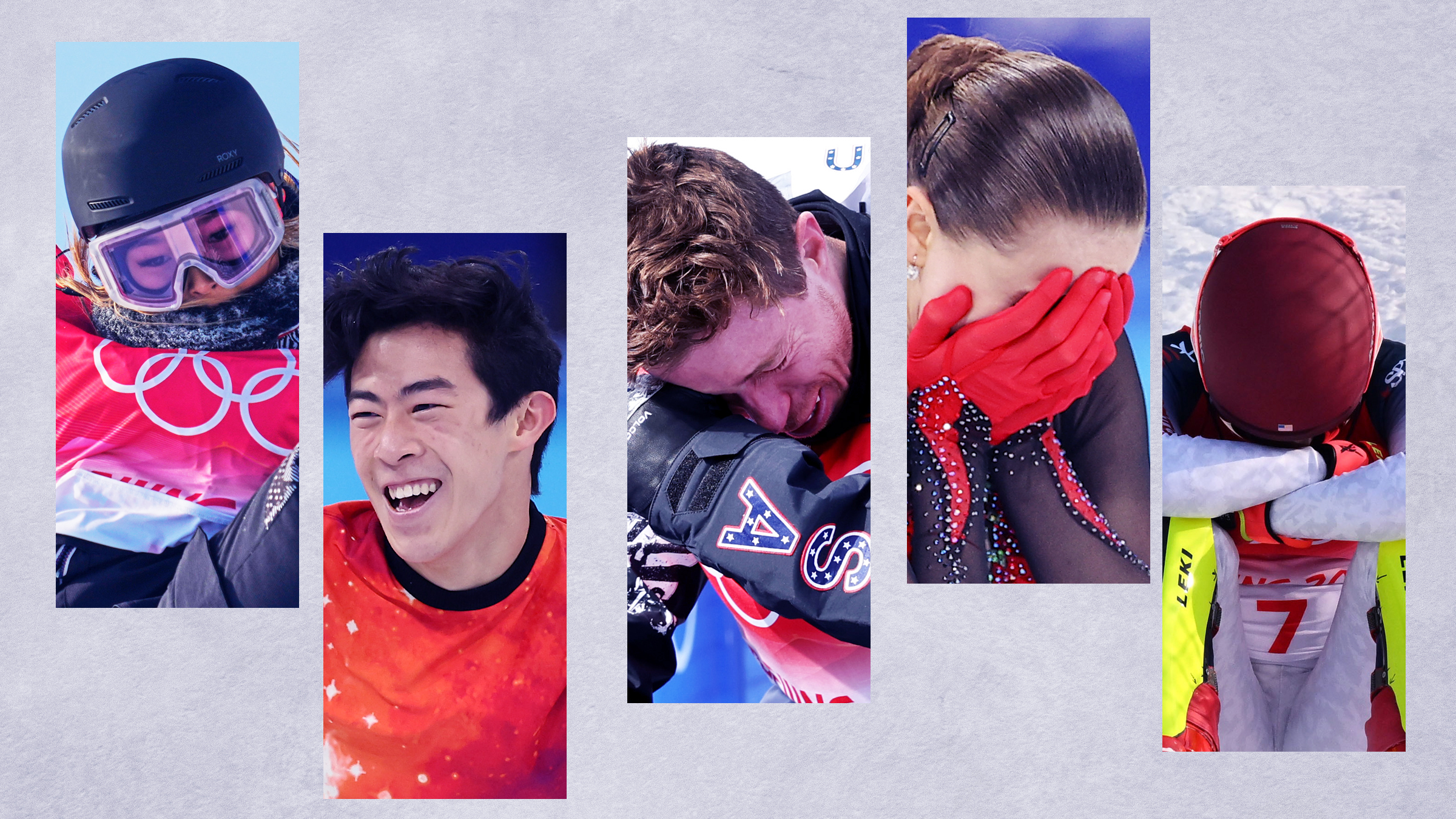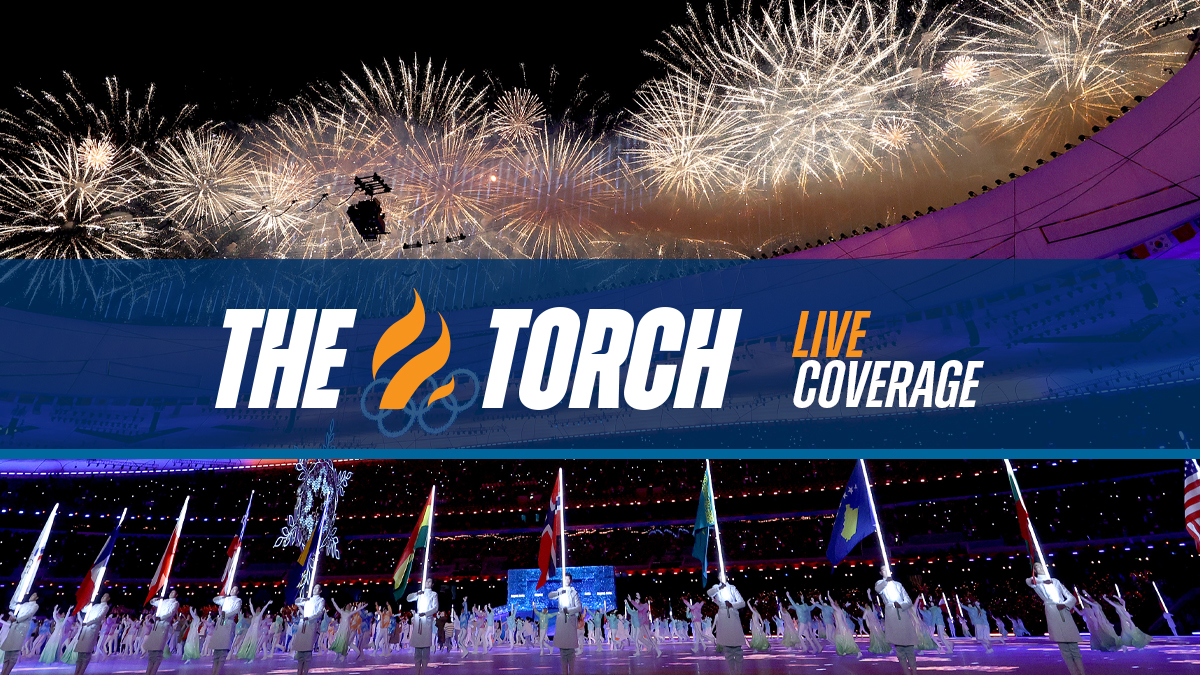The skeleton event highlights one of the 15 sports taking place in Beijing for the 2022 Winter Olympics, but for many fans tuning in to the action in Beijing, the sport has sparked some questions.
Here's a look at what skeleton is, how it started and other things to know.
What is the Olympic sport skeleton?
The fast-paced racing event is set to take place in Beijing at the 2022 Olympics. It’s one of the most electrifying sports out there as athletes dash along an icy track, trying to get the best speed of them all.
Where did Olympic skeleton originate?
Skeleton was originally created in Switzerland by English soldiers in 1882. They created toboggan tracks with a twist (literally), adding in curves along the way to make it more challenging to maneuver.
Ten years later, an Englishman created a unique sled made out of metal. Some people claim the name “skeleton” came from the appearance of the first sled while others suggest the name came from an incorrect translation of the Norwegian word "Kjelke," meaning “sleigh.”
Beijing 2022 Winter Olympics
Watch all the action from the Beijing Olympics live on NBC
By 1905, the sport began to spread outside of Switzerland. In 1906, the first Austrian skeleton championships were held and thus began the skeleton competition. The International Bobsleigh and Skeleton Federation (then known as the Fédération Internationale de Bobsleigh et de Tobogganing) was formed in 1923.
When did skeleton become a part of the Winter Olympics?
Feeling out of the loop? We'll catch you up on the Chicago news you need to know. Sign up for the weekly> Chicago Catch-Up newsletter.
Skeleton originally debuted back in 1928 and then again in 1948, before being discounted as an Olympic event. Only men competed during the first two competitions.
The event came back to the Olympics in 2002 with both men’s and women’s competition and has been a part of the Winter Olympics ever since.
What equipment is used in Olympic skeleton?
The main equipment needed in skeleton is the sled.
What are the dimensions of an Olympic skeleton sled?
The sled is about 30 to 48 inches long depending on the athlete.
What is a skeleton sled made from?
It’s made up of heavy steel and fiberglass with two steel runners on the bottom.
The handles are used to push at the beginning and for the athlete to hold on, and the sled has bumpers on each side of the front and rear to protect the athletes from the walls of the course.
Smooth skin gloves are used to protect the hands, shoes are worn with spikes on the bottom to help push off the ice at the beginning and a fiberglass helmet protects a racer’s face.
What is a skeleton suit made from?
In addition to wearing specific gloves, shoes and a helmet, a skeleton racer uses a race suit.
The suit is made up of durable synthetic fabric with aerodynamic features in it to maximize the speed of the racers. It also usually includes a hood that can go over the helmet.
How fast do Olympic skeleton racers go?
The typical speed for a skeleton racer to hit is around 80 mph, but according to the International Bobsleigh and Skeleton Federation, racers can hit over 93 mph. Out of luge, bobsleigh and skeleton, skeleton races tend to go the slowest.
What is the difference between skeleton and luge?
The main difference between skeleton and luge is the position the racers put themselves on the board. A luge racer sits on their sled going down feet-first, while a skeleton athlete races down head first.
It’s part of the reason why luge racers go faster. In addition to having sharper runners on the sled for the luge, lugers are more aerodynamic than skeleton racers. This is due to the fact that a head with a helmet takes up more surface area than your feet.
What country has won the most medals in Olympic skeleton?
Great Britain currently holds the most medals in skeleton with nine total medals. The country has won three golds, a silver and five bronze. It is the only nation to have won a medal every time the event has been featured at the Olympics. Great Britain also has won at least one medal in each of the five contests of women's skeleton since its debut in 2002.
The three gold medals for Great Britain are tied with the United States, who sits right behind Great Britain in total medals with eight. Canada sits far behind the two countries in third with four medals won.




